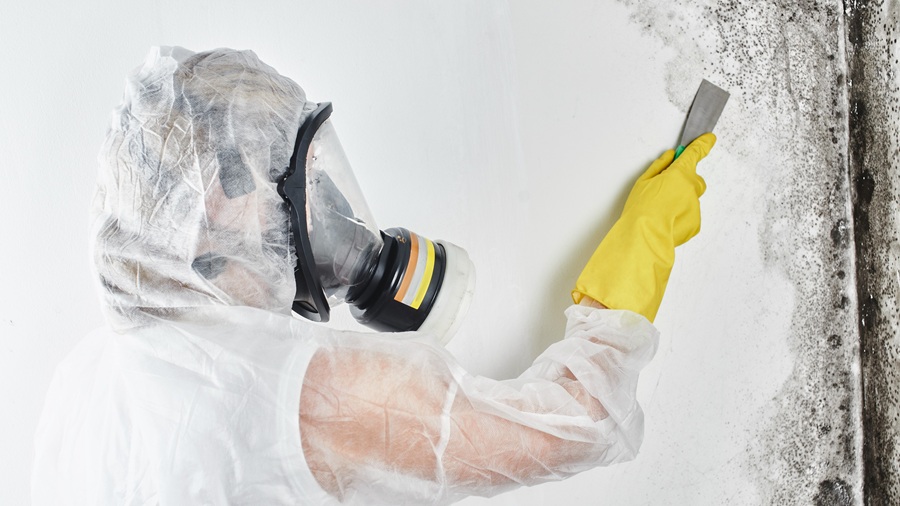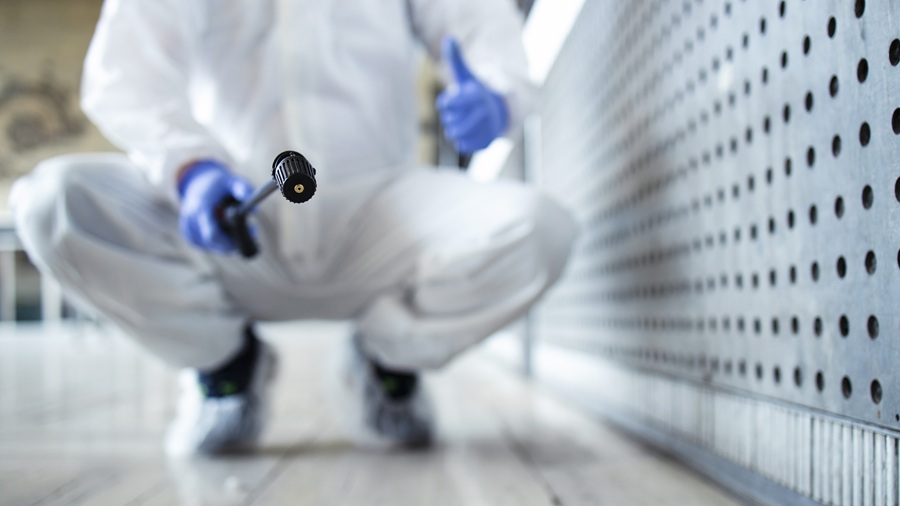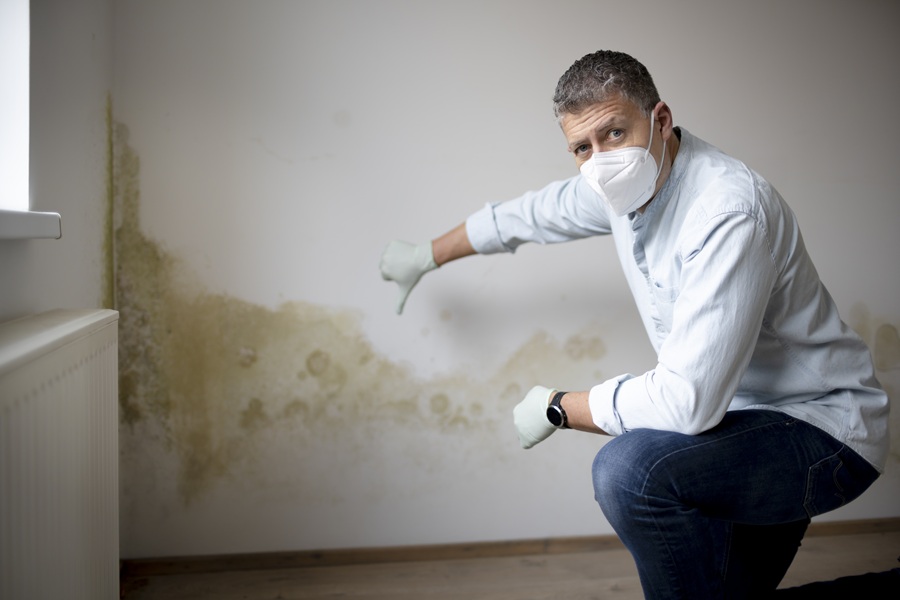Why DIY mold removal can be dangerous and ineffective
Professional mold remediation ensures comprehensive mold removal while addressing underlying causes to prevent recurrence, protecting your property, health and financial investment
MOLD GROWTH IN homes and commercial spaces poses serious health and structural risks. While many homeowners may try to tackle mold issues themselves, DIY mold removal is often ineffective and can put your health and property at further risk. Understanding why professional mold remediation is essential will help you make informed decisions when mold problems arise.
If you are facing mold problems in your property, it is advisable to seek professional mold remediation Vancouver services for safe, compliant, and complete removal.
Health Risks of Mold Exposure
Mold exposure can cause a wide range of health issues, especially for individuals with allergies, asthma, or weakened immune systems. Common symptoms include:
- Persistent coughing and wheezing
- Nasal congestion
- Eye and skin irritation
- Headaches and fatigue
- Exacerbation of asthma symptoms
Certain types of mold, like Stachybotrys chartarum (black mold), produce mycotoxins that can lead to severe respiratory issues, neurological symptoms, and other long-term health problems. During DIY removal, you may unknowingly disturb and inhale mold spores, increasing your risk of these health issues without proper protective gear and containment measures.

Hidden Mold and Incomplete Removal
Mold often hides in areas such as:
- Behind drywall
- Under carpets and floorboards
- Inside HVAC systems
- Behind cabinetry or in insulation
DIY efforts typically address only the visible mold, missing hidden colonies that continue to grow and spread. Without identifying and removing all affected areas, mold will return, sometimes in more extensive and damaging forms.
Spreading Spores During DIY Removal
Scrubbing mold-infested areas, using fans, or vacuuming without HEPA filters can cause spores to become airborne, allowing them to settle in other parts of your home. This unintentional spreading during DIY removal can turn a contained mold problem into a widespread contamination issue, requiring more costly remediation later.
Inadequate Equipment and Cleaning Methods
DIY methods often involve household cleaners like bleach or vinegar. While these may remove surface discoloration, they do not effectively penetrate porous materials such as wood, drywall, or ceiling tiles, where mold roots itself. Professional mold remediation teams use specialized cleaning agents, HEPA vacuums, air scrubbers, and industrial dehumidifiers to eliminate spores and moisture thoroughly.
Ignoring Underlying Moisture Issues
Mold growth is a symptom of underlying moisture problems, such as leaks, poor ventilation, or flooding. DIY mold removal often fails to address these moisture sources, leading to rapid mold recurrence. Without moisture control and environmental adjustments, your property will continue to face repeated mold problems.
Legal and Insurance Considerations
Many homeowners do not realize that some insurance policies may require professional mold remediation for mold-related claims to be processed. Attempting DIY removal could complicate your insurance claims or result in denial, leaving you with significant out-of-pocket expenses for subsequent professional services.
Additionally, certain local regulations require mold remediation to be handled by certified professionals, especially in commercial properties or multi-unit buildings. DIY removal may place you in non-compliance with these regulations, resulting in fines or legal issues.

Real-World Consequences of DIY Mold Removal Failures
Homeowners often attempt DIY mold removal, thinking it will save money, only to face:
- Recurring mold outbreaks
- Health problems for household members
- Worsening structural damage
- Decreased property value
- Higher costs for professional remediation later
For example, if a homeowner only cleans the visible mold on a bathroom wall without addressing moisture from poor ventilation, mold will regrow, eventually affecting adjacent walls and structural materials.
The Professional Mold Remediation Process
Professional mold remediation involves a systematic and comprehensive approach:
- Assessment and Inspection: Identifying visible and hidden mold using moisture meters, infrared cameras, and air testing.
- Containment: Using plastic sheeting and negative air pressure to prevent mold spores from spreading to unaffected areas.
- Air Filtration: Deploying HEPA filters and air scrubbers to capture airborne mold spores.
- Removal: Using professional-grade cleaning methods to remove mold from surfaces and porous materials.
- Drying and Dehumidification: Addressing the moisture source with industrial dehumidifiers to prevent recurrence.
- Safe Disposal: Proper disposal of contaminated materials follows local regulations.
- Post-Remediation Testing: Ensuring air quality has returned to safe levels and all mold has been effectively removed.
This professional process ensures the mold is thoroughly removed while addressing the conditions that allowed it to thrive in the first place.
Cost Comparison: DIY vs. Professional Mold Remediation
At first glance, DIY mold removal may seem like a cost-saving option. However, repeated mold issues, health-related expenses, and property damage can make it significantly more expensive in the long term. Professional mold remediation services might have a higher upfront cost but provide lasting solutions that protect your health and investment.

When to Call Professionals for Mold Remediation
While minor mold growth on hard surfaces (less than 10 square feet) may be manageable with safe DIY methods, you should contact professionals if:
- The mold covers an area larger than 10 square feet.
- Mold recurs despite cleaning.
- Mold is present in your HVAC system.
- Water damage is visible in your property.
- You or your family experiences worsening health symptoms.
- You are unsure about the source or extent of the mold problem.
Professional help ensures the problem is fully addressed, and your indoor environment remains healthy.
Conclusion
DIY mold removal poses serious health risks, often fails to address hidden mold and moisture sources, and can lead to the unintentional spread of spores throughout your property. While it may seem like a cost-effective solution, it often results in recurring mold problems, greater property damage, and higher long-term expenses.
Professional mold remediation ensures comprehensive removal of mold while addressing the underlying causes to prevent recurrence, protecting your property, health, and financial investment.
If you are facing mold problems in your home or business, consider reaching out to Double Clean Restoration to ensure your mold issue is handled safely, thoroughly, and in compliance with industry standards.

